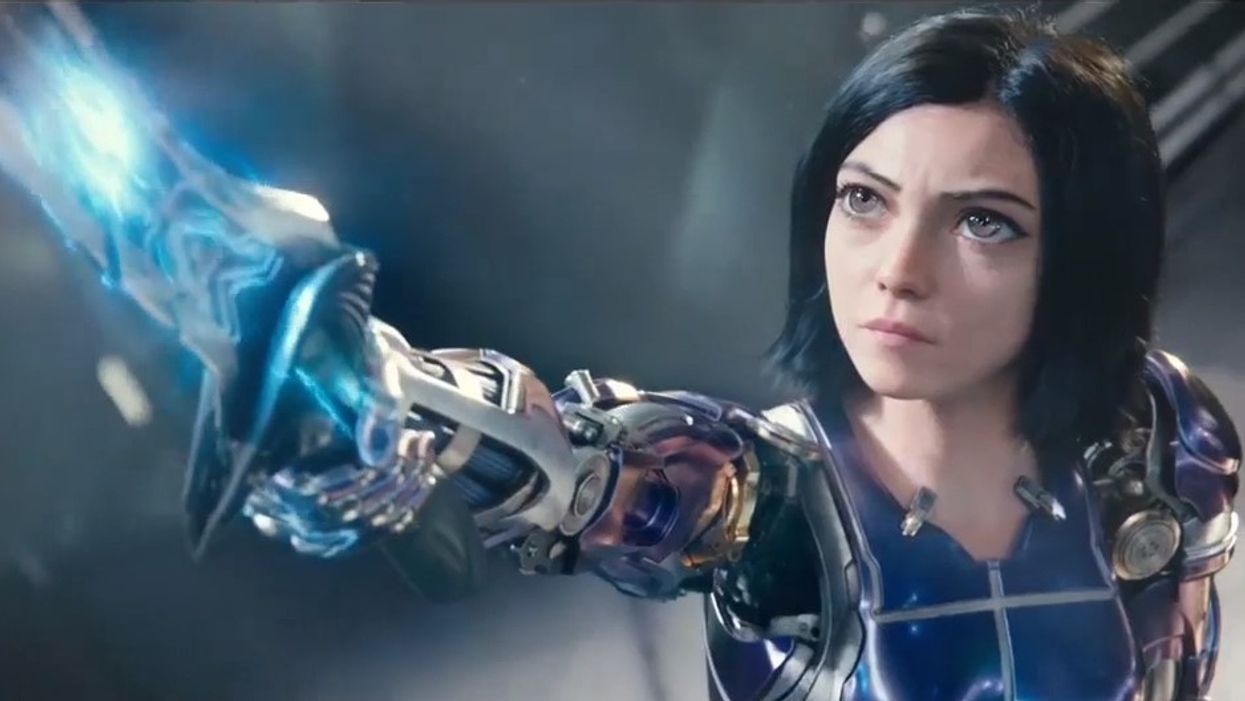Why Is It So Hard to Make CGI Skin Look Real?
Creating realistic characters with CGI just requires a nice glass of milk.

Since the dawn of computer graphics, we've been trying to master the way to create characters that look and feel human. Movies like Rogue One and the original Final Fantasy have full CGI characters with varying degrees of realness.
Over the last few decades, leaps and bounds have been made to make these characters look like actual people we can talk to and interact with. And the secret is creating skin that looks like it belongs to an actual person. It turns out, realistic-looking skin isn’t all that different from realistic-looking skim milk, when you take everything into account.
So why is realistic CGI skin so hard for visual effects artists to master? Check out this video from Vox and let's talk after the jump.
Why Is It So Hard to Make CGI Skin Look Real?
It was incredible listening to the insight that Weta Digital’s Nick Epstein and Luxion’s Henrik Wann Jensen gave in terms of how CGI took the next steps in making characters and their skin look so realistic.
We've come a long way since The Mummy Returns served up a character that looked nothing like the Rock. That character felt like he belonged more in an arcade game than on the screen.
In the video, we learned this is because it all comes down to four factors that separate realistic-looking skin from the waxy, fake-looking CGI of the past: albedo, displacements, subsurface scattering, and dynamic changes.
Thanks to a few tenacious CGI people who went to the grocery store and looked at how light interacted with food, computer graphics technicians sat down and reinvented the way we look at how light interacts with humans and skin. We always programmed surfaces to bounce light off them, but the key to making things look real was that we needed to see how objects actually absorb and disperse that light.
Albedo refers to the base color of the skin. Once you choose the base, you can track how that changes with moods, health, and then the specific ways light hits the skin within the scene.
When they mention displacements, they are talking about features and wrinkles that push the skin up and down, thus changing the way light is absorbed. There can even be pore-level displacement for oily and dry skin.
We also looked at subsurface scattering in the video. That specifically refers to how light passes through the skin. This is where the food and glass of milk came in. Arts saw how milk, eggs, and other food allowed light to pass through it. They changed how they rendered food in movies, and then applied the same idea to the way they designed skin.
Finally, CGI artists utilized dynamic changes, or the way skin moves when we speak and project. They used footage of people saying Harvard Lines, which are phrases that use every consonant sound and syllable possible. They saw how faces moved when actors spoke and said their lines, and then began to build around that.
This all came together to allow the best CGI skin possible in movies like Alita: Battle Angel, and even in the new interactions of faces in Star Wars and other science fiction films and television shows.
Are we getting closer? Let us know what you think in the comments.
Source: Vox











